24th Apr 2024
Wednesday One-Off: 2005 Ferrari GG50
by Collecting Cars
A career as an automotive designer is one that many enthusiasts might have dreamt about at some stage in their life, even if it was just in the wild imaginings of childhood while they sat doodling amazing and fantastical sports cars. Of course, for those with the skills, perseverance, and vision, it can become a glorious reality.
Sure, there are a few designers who we might wish had never picked up a pencil in the first place, but thankfully the automotive world has been blessed with many more who are truly remarkable creatives: people capable of capturing the soul of a car and encapsulating it within a moving piece of sculptural art.
The subject of this week’s Wednesday One-Off was a celebration of one man’s remarkable achievements during a long and illustrious career. The person in question was Giorgetto Giugiaro, the famed Italian automotive designer who was named Car Designer of the Century in 1999, before being inducted to the Automotive Hall of Fame in 2002. His designs stretched from everything from classic sports cars to some of the most well-known and once commonplace models.
2005 marked a particularly special year for Giugiaro as it was his 50th year in car design, during which time he had amassed an incredible back-catalogue of creations. From his earliest work with Fiat, to his time with Bertone where he designed the gorgeous Ferrari 250 GT Berlinetta SWB at the age of just 21; his adult life was studded with some iconic and breathtaking vehicles. Just a small cross section would include the Alfa Romeo Giulia GT, Iso Grifo, De Tomaso Mangusta, BMW M1, Lotus Esprit, and the Mk2 Volkswagen Golf.
With such a legacy in the automotive industry and to mark a significant milestone in his career, Giugiaro decided that he wanted to design a Ferrari exclusively for personal and family enjoyment. It would be named the ‘GG50’, reflecting his initials and five decades in design, and it was to be based upon the acclaimed 612 Scaglietti, meaning it was equipped with a glorious naturally aspirated 5.7-litre V12 engine.
Of course, the GG50’s bodywork diverged significantly from the donor car, for which Giugiaro had received Ferrari’s blessing; though this had come with the caveat that the final car would still remain unquestionably recognisable as a Ferrari. Giugiaro approached the project the same way he had been doing for the past 50 years: by starting off with 1:10 scale sketches to establish the car’s new aesthetic. However, the next step had changed quite considerably since his first builds, with his finalised sketches being transformed into 1:1 scale by his son Fabrizio, using the Italdesign-Giugiaro Virtual Reality Design Centre. These virtual renderings were then used to produce a full-scale plaster model, and after a further two months Giugiaro’s vision had become a rolling prototype.
The result was a car that bore very little resemblance to its 612 Scaglietti foundations. At the front, the grille had become more pronounced and swept back to dual vertical air intakes on either side. These intakes create vertical lines that seamlessly merge into the distinctive vertical xenon headlight units on the front of the wings. The bonnet features a subtle v-shaped cross-section that draws the eye from the ‘Cavallino’ on the front grille all the way up to the expansive windscreen, which in turn blends back into a panoramic glass roof.
The side profile of the GG50 featured more dramatic elements than the 612 Scaglietti, such as the deeper and more defined side skirts, which helped create the illusion of a more svelte body. The GG50 also featured acute vents behind the front wheels that added sharp horizontal lines to the otherwise curvaceous form. Towards the rear of the car, the haunches had become more defined and the tail-end was 7cm shorter than the donor car.
Giugiaro’s aim for his creation was a perfect grand tourer for his whole family to enjoy, and with this in mind he wanted to increase the GG50’s practicality. The 612 Scaglietti already had four seats, but Giugiaro was conscious that there needed to be space for not just passengers, but their luggage as well. To accommodate this, the fuel tank was moved from behind the rear seats to below the load area, which in turn necessitated the rear cross-member being redesigned, and the installation of a glass hatchback boot lid. The result was a 30-litre overall increase in the luggage area capacity.
The finalised GG50 was unveiled to the public in 2005 at the 39th Tokyo Motor Show, where it attracted considerable attention. While it was a totally bespoke one-off car, it was also a practical and well-considered piece of design, which many saw as being production-worthy. However, while the GG50 itself would remain unique, a number of the design cues no doubt influenced some of the Ferraris that followed.


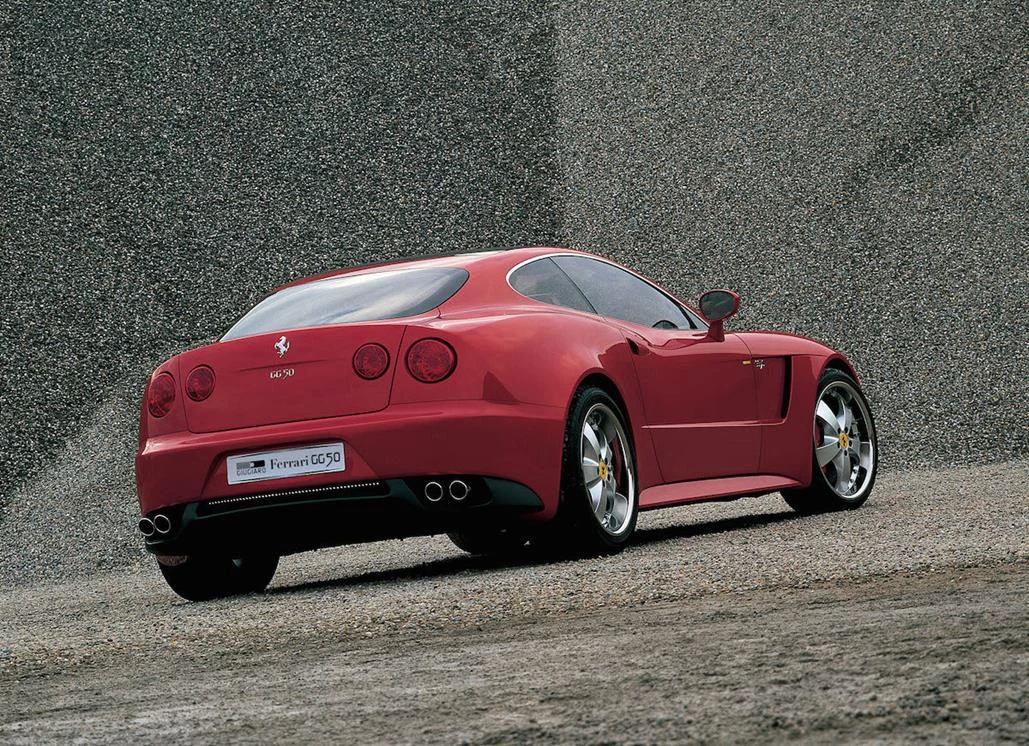

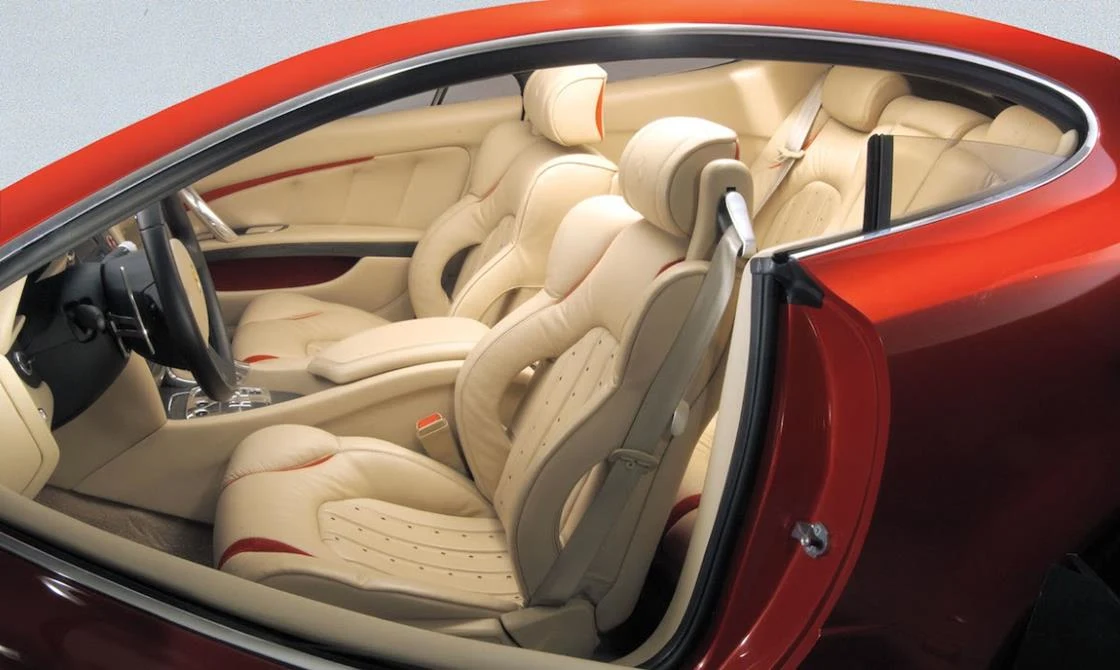

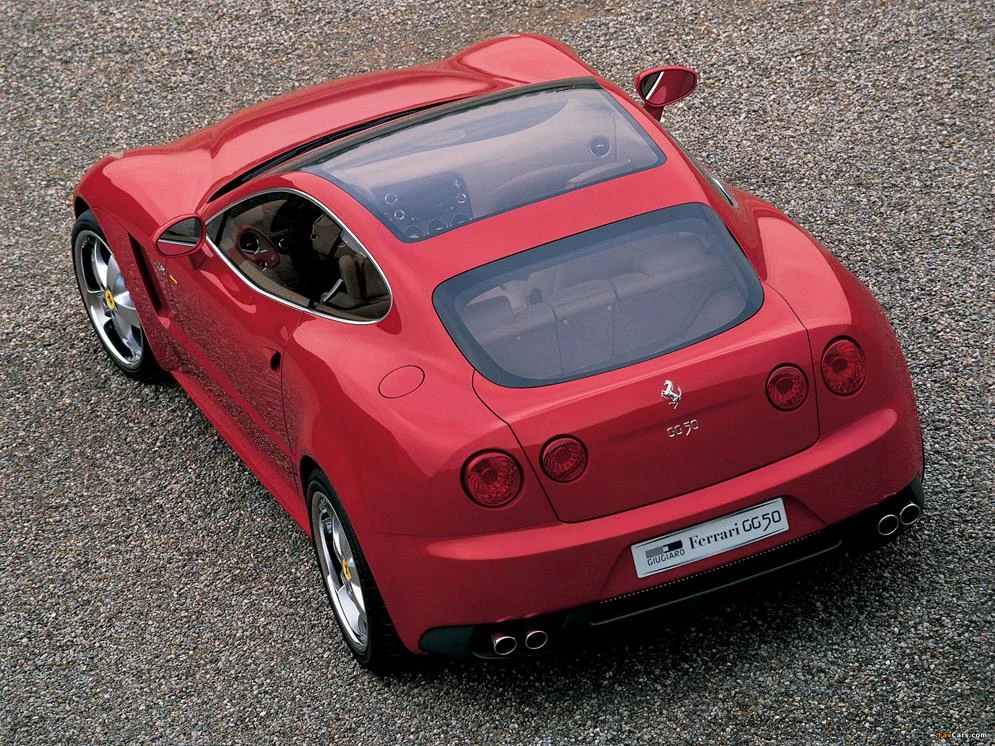
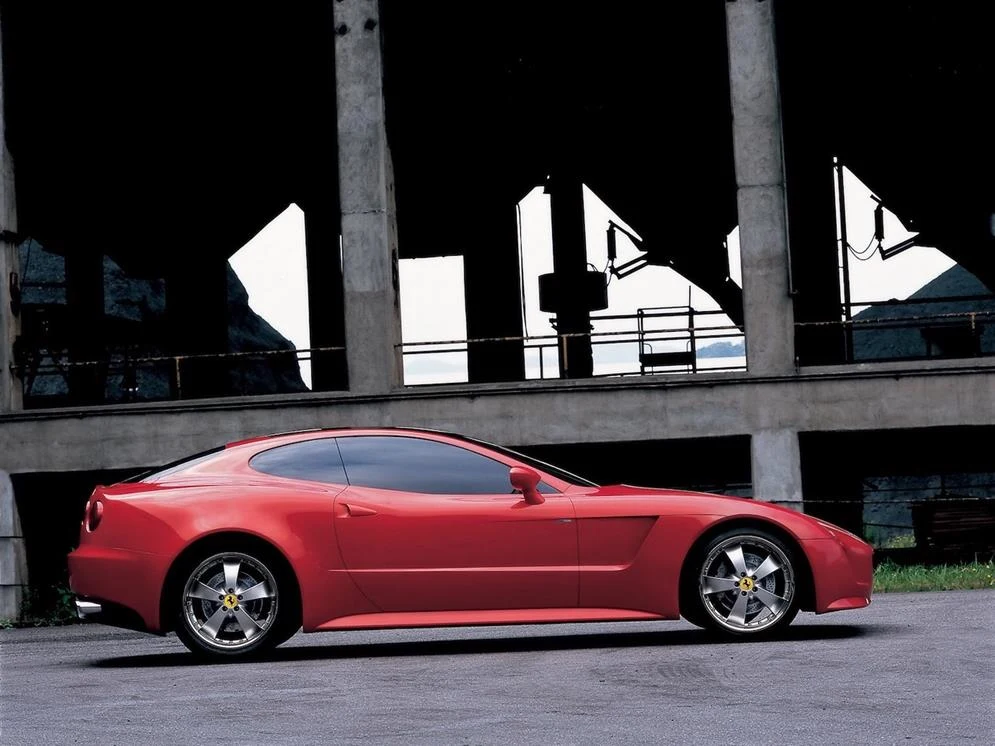
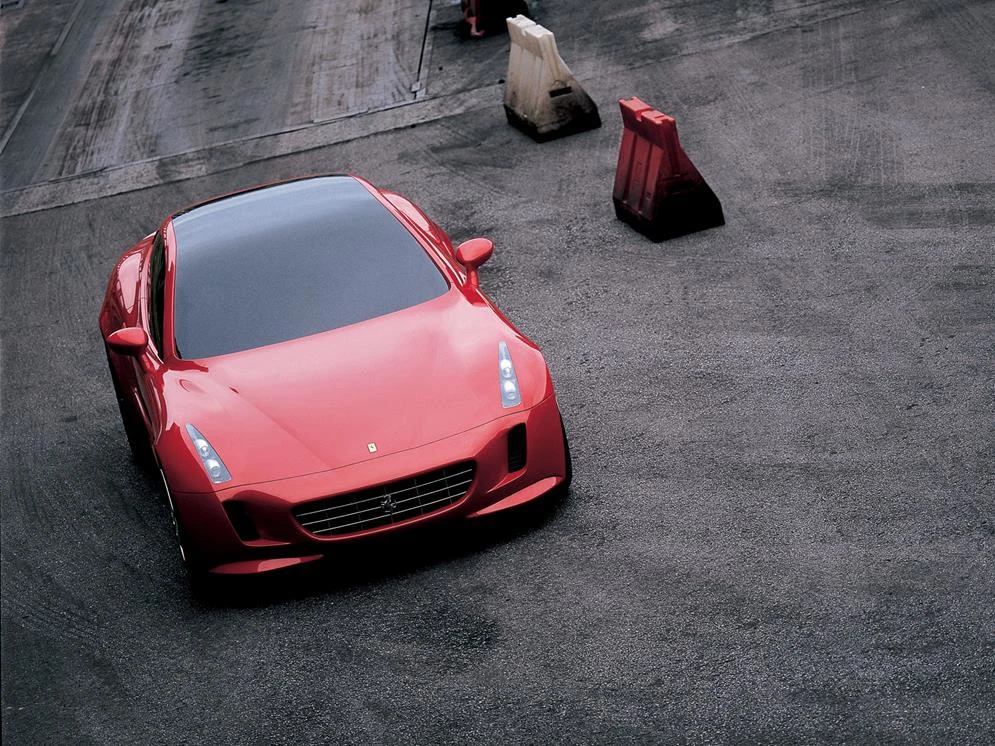




Have your say!